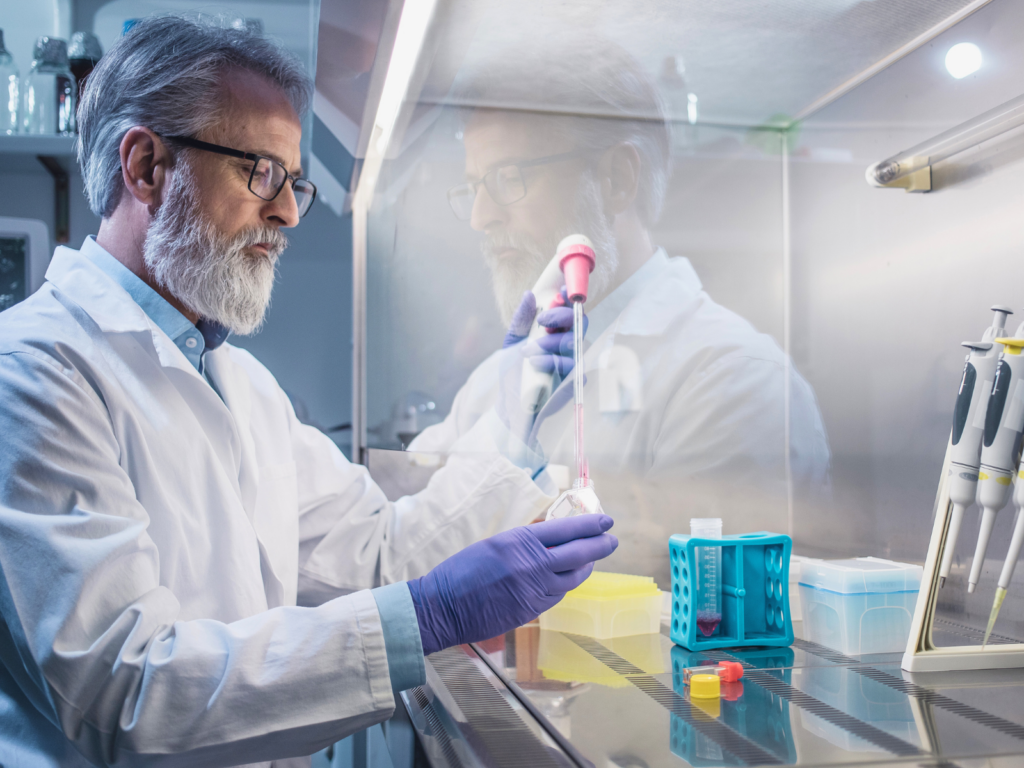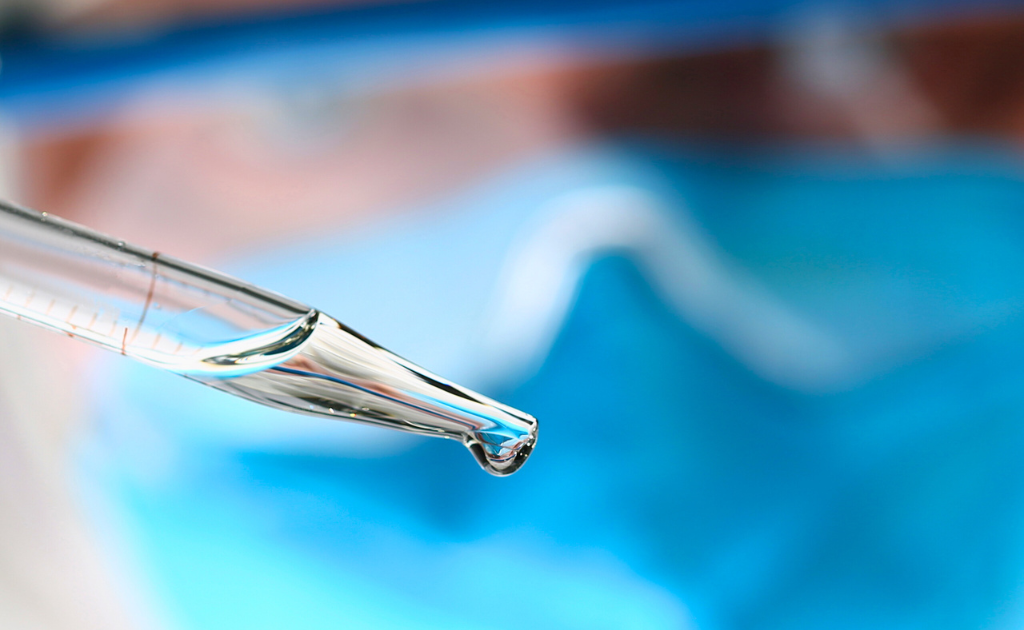The Effects of Temperature on Electronic Devices
How Does the Change in Temperature Impact Them?
Maintaining a cool environment for your electronic instruments is a good idea. It is common for some equipment to provide a warning message when it becomes too hot. Most companies already have cooling systems in place in order to prevent overheating and prolong the lifespan of their equipment.
In discussing the ideal temperature setting for your laboratory equipment, heat is often cited as a cause of electronic failure. However, extreme cold and high humidity can also lead to equipment failure. Get to know more about the potential effects of temperature on electronic devices. How does its fluctuation impact them?
Temperature and speed both affect chemical reactions. In some cases, lower temperatures are associated with too low results; higher temperatures, on the other hand, may be associated with too high results.

How Heat, Cold, and Humidity Affect Your Electronic Equipment
The performance of electronic devices must be able to withstand a variety of conditions. In particular, this is true of electronic components used in medical, pharmaceutical, and forensic laboratories, as well as the aerospace and food and beverage industries.
There are a number of ways in which different thermal conditions can affect your electronic devices.

Heat:
Components such as integrated circuits, capacitors, and resistors can withstand certain levels of heat. It is critical to note that these components generate heat when they are powered on, which can have an adverse effect on the temperature of the room.
Without proper ventilation, air pockets can form around electronic devices producing high temperatures. Allowing instruments to operate in these extreme conditions for prolonged periods will eventually decrease their longevity and reliability.
Cold:
If the equipment becomes too cold, the equipment may shut off in order to protect itself. It is advisable to let the equipment warm up before attempting to use it again if this occurs. A cool environment is usually preferable to a warm one when it comes to maintaining your electronic devices.
Nevertheless, extreme temperature drops may cause your instruments to malfunction. For instance, extreme cold can also lead to components freezing, and since metal contracts with cold, moving parts are subject to greater load stress, thus increasing the likelihood of failure.
Humidity:
Air humidity refers to the amount of moisture present in the atmosphere. High-humidity environments can quickly damage electronic devices.
High humidity levels can lead to condensation when temperatures fluctuate from a hot to a cold setting. It is possible for condensation to short-circuit the circuit board of a device. Electronic components can also be damaged by high humidity levels, resulting in reduced reliability and lifespan.
Nevertheless, extreme temperature drops may cause your instruments to malfunction. For instance, extreme cold can also lead to components freezing, and since metal contracts with cold, moving parts are subject to greater load stress, thus increasing the likelihood of failure.

Protect your electronic devices from temperature fluctuations
Appropriate temperature and humidity conditions must be maintained in your work environment. This will enable you to keep your equipment in good condition, ensure the accuracy of sensitive tests, and safeguard lab samples and products.
Weather, location, layout, changes in cooling equipment, air circulation, and product quantity can all contribute to temperature fluctuations. Temperature mapping allows you to identify inconsistencies so they can be analyzed and corrected.
Knowing your unique application’s temperature and humidity requirements is the first step in protecting your electronic devices.
Based on this knowledge, you can develop a climate control strategy that should include the following elements:
Nevertheless, extreme temperature drops may cause your instruments to malfunction. For instance, extreme cold can also lead to components freezing, and since metal contracts with cold, moving parts are subject to greater load stress, thus increasing the likelihood of failure.
- The range of temperature and relative humidity should be clearly defined
- List of tools and devices used to monitor and help maintain the optimal temperature
- Clear processes for monitoring temperature fluctuations
- Established protocols for dealing with system malfunctions
- Periodic temperature, humidity, and pressure mappings
- Regular Air Flow and velocities calibration
We at Allometrics specialize in temperature monitoring and mapping as well as calibration services. In order to ensure that the temperature and humidity requirements throughout your workspace are consistent, our technicians expertly map your entire work environment, placing monitors in key areas.
In addition, proper air circulation is essential in order to disperse hot and cold pockets of air and maintain an appropriate temperature. To effectively control your climate, it is essential that you replace your HEPA air filters on a regular basis.
- In addition, you need to calibrate the airflow and velocity of your HVAC system.
Our team is available to assist you with any questions relating to this subject. Our mapping turnaround times are fast and our measurements are accurate due to the high-tech equipment that we use. Online access to temperature mapping and certification documentation is available and can be customized to meet the requirements of your business.
You can rely on us for all your calibration needs. Contact us for a FREE QUOTE today!





